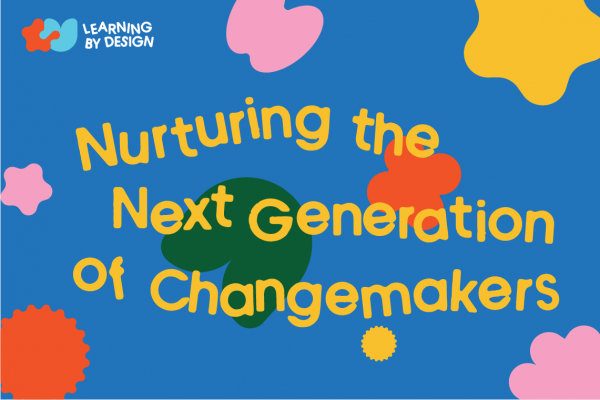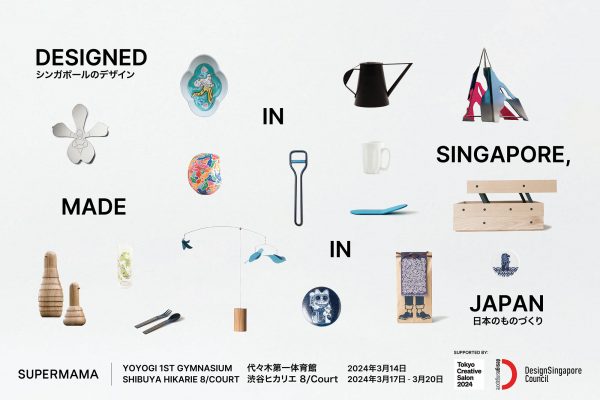Original designer furniture tends to be pricey for good reason, from the quality of materials used to the number of weeks, months and even years taken to research, design, develop and produce the pieces. For the fourth story in our series that aims to give you the 101 on original designer furniture, we talk to Ryan Yeo, who shares with us the hard work, time, energy and heart he pours into creating each piece of furniture.
By Low Shi Ping

Ryan Yeo
Operations Director, Roger&Sons
IG: @rogerandsons
Established in 2014, Roger&Sons is on a mission to reinvent the image of the traditional carpentry industry. The business is run by a trio of millennials who are – as its name suggests – the sons of the late Roger Yeo, a carpenter himself for 26 years. Far from just nailing wood together, Roger&Sons is about crafting customised, design-oriented pieces that are technically demanding – the result of spending time since they were children watching and learning from their father and his team of carpenters in his workshop. Ryan Yeo is the third son, who is now Operations Director of the business.
What was the journey that led to you crafting furniture?
It all started when we were about eight or nine years old. My two brothers and I would go to our father’s workshop to help out. This evolved into fixing things around the house. Our father wanted us to learn skills that we could use in our daily lives, so working with our hands came naturally to us.
As we grew older, we started experimenting with woodworking; making simple shelves and even a beer pong table. We took over our father’s 26-year-old business in 2014. I would be lying if I said I immediately fell in love with it (it is hard work after all), but the more I stuck with it, the more it began to feel like this was exactly what I was meant to do.
How many years of training did you undertake?
Similar to my brothers, I learnt through experience. We started with really simple tasks like carrying materials for the carpenters and watching them use the various machinery.

We pay a lot of attention to the finer details – things like tactile experience and usability make a world of difference.
This got us familiar with how they worked and when to use a table saw instead of a mitre saw, for example. Slowly, we started cutting materials to size, sticking on veneers and other tasks like sanding. These tasks might have seemed mundane, but were important in building our foundation. Gradually, we moved on to making simple cabinets and wardrobes. This took us a few years. Only when the head carpenter felt that we were ready, were we given responsibilities that required more skills and knowledge.

Describe your workflow when you get a new commission.
We take inspiration from how a tree grows – its grain patterns, organic colour and even imperfections. We build different prototypes to iron out any potential problems. After finalising the technical and aesthetic aspects with our clients, we start making. We pay a lot of attention to the finer details – things like tactile experience and usability make a world of difference.
For instance, we made a bench using a huge burl [lump] in the log. Instead of removing it, we integrated it into the design, giving the piece varying heights and interesting visual features. In doing so, it allowed the wood to shine.
How do you ensure your designs stand out from your competitors?
We understand how wood reacts to different environments. We are able to merge ing this with our knowledge of carpentry and the possible fabrication processes, and the brief we come up with our designs. For instance, we can design a 4m-long table that looks good and is long-lasting, without it being subjected to warping and twisting.

How much time, on average, does it take for you to create a piece of furniture?
It takes four to six weeks. When it comes to using local timber, the timeline is up to 30 percent longer as there are extra steps involved, such as processing the wood before starting work on it. We made a series of outdoor furniture pieces for Mandai Development as part of the Local Tree Project. Each piece took approximately three to four months from start to finish. This included drying the freshly-cut timber in a kiln and figuring out how best to utilise the entire tree.
How do you choose the right type of wood and carpentry technique to create a piece of furniture?
We first understand where the piece will be placed. Different conditions determine the type of wood or finishes needed to ensure the longevity of the furniture. For example, an outdoor piece needs wood that is sturdier and be able to withstand constant rain and sun. A dining table, on the other hand, needs a piece of solid wood that can handle air-conditioning as well as heat emitted from crockery.
Selecting the right carpentry technique boils down to experience. This is learnt through mistakes and with the guidance of our seasoned carpenters who imparted all the knowledge I currently know. For instance, a long piece of wood is best paired with a dovetail joinery versus a mortise-and-tenon joint, as it helps keep the wood straight in the long run.
What do your hands offer to a piece of furniture that a machine cannot?
Handmade furniture is more thoughtfully made. A good example would be the spiral staircase in our studio on King George’s Avenue. Our idea was to clad the handle of the staircase in solid wood, but because the curvature of the handle was organically shaped and not uniform, we took each piece of wood and marked out every curve by hand. Using a machine would have been way more time-consuming.
In this line of work, there are many times where you can’t simply input values into a software and expect it to churn out a solution for you. You need to think on your feet, especially during an on-site installation. If there are problems, we have to go with the flow and come up with answers given the resources we have there and then.












